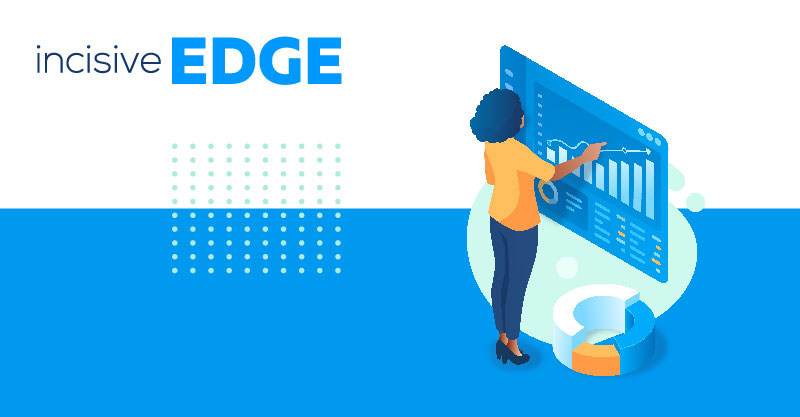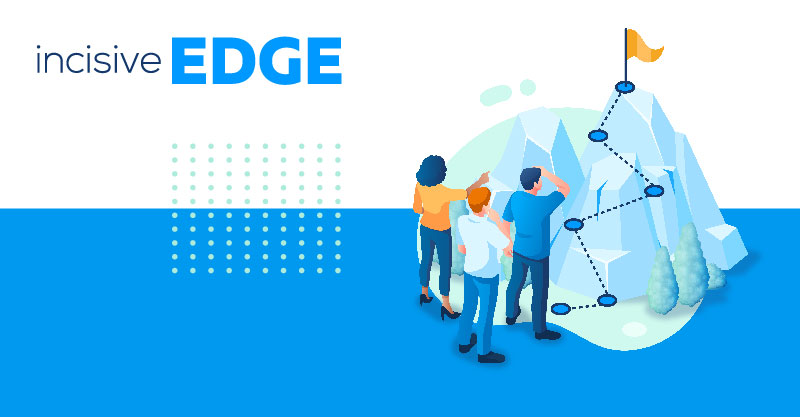If you are a start up (although this also applies to more mature companies), it’s often challenging to build up enough traction and exposure to your target audience to generate quality inbound links, and increase your SEO value
In it’s basic form, an inbound link is a link coming from another site to your own website.
You’ll probably have received offers for link building services and connections to popular directory or authority blog sites. As tempting as it may be to pay a sum of money and generate links to your site, be very cautious of who you are dealing with.
Linking your website to websites created for link value will do your site more harm than good. As with many things in life, promises of overnight ranking improvements to number one on Google and Bing seems too good to be true, because they are. You might be number one for a short period of time, but without doubt, it won’t be for long.
Here are six smart, “white hat” inbound link generation strategies which will generate long-term success for your site.
1. Produce Valuable Link-Worthy Content
Generating quality, relevant, interesting and thought-provoking content takes time, experience and personality. If you are generating content just for keyword value and to tick the box on creating “fresh content”, then you are doing yourself and your readers a disservice.
Every writer wants to create compelling content, which people share on social media, or refer to in their own blogs, or digital marketing campaigns. Thought Leadership is the holy grail and therefore you want to be recognised as an industry influencer.
The challenge is convincing the right people that you have experience in your craft, you have been successful and the time they invest in your content is worthwhile. 
2. Join Online Conversations. Don’t Be a Wallflower
When you write something you are proud of, that people should read and learn from, share it. Share your blogs in LinkedIn groups, or comment on other influencer blogs. You don’t necessarily have to agree with an influencer.
If you have written a blog with a differing opinion, inject it into the conversation. You might kindle a new relationship with a potential partner and hence, generate a new source of backlinks. Stay away from competitors and don’t get caught in an argument. Some industry websites allow you to create a profile on your comments. Don’t get carried away with adding links to your blog comments, but rather, start a meaningful discussion first.
3. Make Your Content Easy to Share and Link To
There are many great plug-ins for websites on different platforms to share content at the click of a button:
Not only is it a great idea to have a sharing button for social media, print, and e-mail, shortened or vanity URLs can make them memorable or easily trackable with a tool like Bit.ly
If people have to copy and paste a long URL into their Twitter post, or go searching for their e-mail interface, they may just keep moving. A quick share button can help scanners to read your content when they have more time and possibly generate a quality backlink opportunity.
4. Seek Out Business/Linking Relationships with High Domain Authority Ranking Sites
Have you installed the Moz Bar, and checked out your website, or those of companies you respect? It’s a great way to see how search engines view the quality of your content and how often it has been shared and linked to. A Domain Authority rank of around 30 or higher is ideal.
The Moz Open Site Explorer is another great place to check out what links are pointing towards your site.
Once you find websites and/or companies which might make compelling strategic partners, follow them on social media, or call/e-mail them to discuss potential real-world/strategic digital partnerships. It could spark some ideas for blog posts for all parties and create a mutually beneficial link-building relationship.
5. Create or Commission Quality Infographics to Link to
Infographics are a great way to create backlinks, but only if they are designed in a way which someone would be willing to embed in their site. There are many companies who outsource content writing, though infographics are definitely a job for someone with a flair for graphic design.
Before you create an infographic, consider some statistics which reflect well on your company, or your industry. Do you:
- Save people time or money?
- Increase your clients’ profitability?
- Have a niche specialty in your industry which lends itself to both images and powerful statistics?
Alternatively, are you doing a research project on stats like Return on Investment, social benefits or the hottest trends?
There are some great infographic building tools out there, like PiktoChart and Canva. If you want to generate quality inbound links though, take the time to create something meaningful and eye-catching. Offer tools to embed your infographic on other people’s site, or put it on industry sites where your target audience will find it.
6. Test/Edit Your Content for Audience Fit and Other Metrics
If you have done a good job of creating a “persona”, who your content is targeted at, test your content with a small segment of your audience before going “all-in” with a major content piece.
You may have heard of A/B testing for landing pages, content pages or even whitepapers. It is an effective time investment for high-value digital marketing campaigns.
Another way you can test your content is for audience suitability - campaigns targeted at audiences who are:
- Generally interested/knowledgeable in your industry
- Knowledgeable and more sophisticated in their expertise than the average browser
- Specialists in your field
- Academics in their expertise
Using a tool like AtomicWriter to evaluate your content for audience fit, grammar, emotion and other metrics is a great way to ensure your content is “share-worthy” before you publish it and share through a platform like BuzzStream or through your social media channels.
The most effective link building will not be easy and it will take time to create momentum. You might invest in tools to track your backlinks, promote your content, and/or listen on social media for opportunities to jump into conversations.
For further information on building quality inbound links, and other “white hat” digital and inbound marketing strategies, connect with the Incisive Edge team.
P.S. If you feel like you’ve learned some valuable tips here, please share this content with your community!







